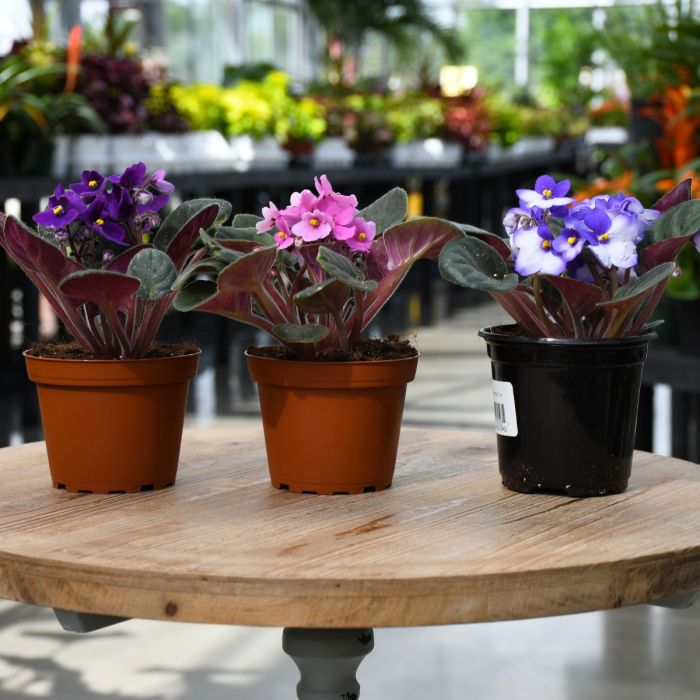Top Ten Pet Friendly Houseplants
A List of our Top Ten Pet Friendly Houseplants!

Out of stock
Temporarily Out of StockWhen you see the Gerten Grown logo on our annuals, you know you're getting a fresh plant directly from our greenhouse. We've been perfecting our growing process for over four generations and pride ourselves on providing local quality and freshness to our customers. Better pricing on better quality plant material, that's Gerten Grown.
For watering, place the pot in a saucer filled with water for 15 to 30 minutes. Water will be absorbed into the soil through the pot’s drain hole. To avoid root rot, DO NOT let the pot sit in water for more than 30 minutes. DO NOT mist the foliage, or water from above. Water on the foliage may cause permanent leaf spotting.
Re-pot plants once a year to refresh the soil, these plants do not mind being lightly root bound. African violets prefer a light soil mix that allows for good drainage. Lightly fertilize the plant, as too strong of a dose will burn the plant.
New African violets can be produced from existing plants. Cut leaves from the original plant, leaving 1 inch of leaf stalk (petiole) attached to the leaf. Bury the stalk and up to ¼ inch of the leaf in a wet sand/vermiculite mixture. Cover lightly with plastic and keep the media moist. Within two to six months, new plantlets will form on the leaf.
| Common Family Name | African Violet |
|---|---|
| Plant Life Cycle | Annual |